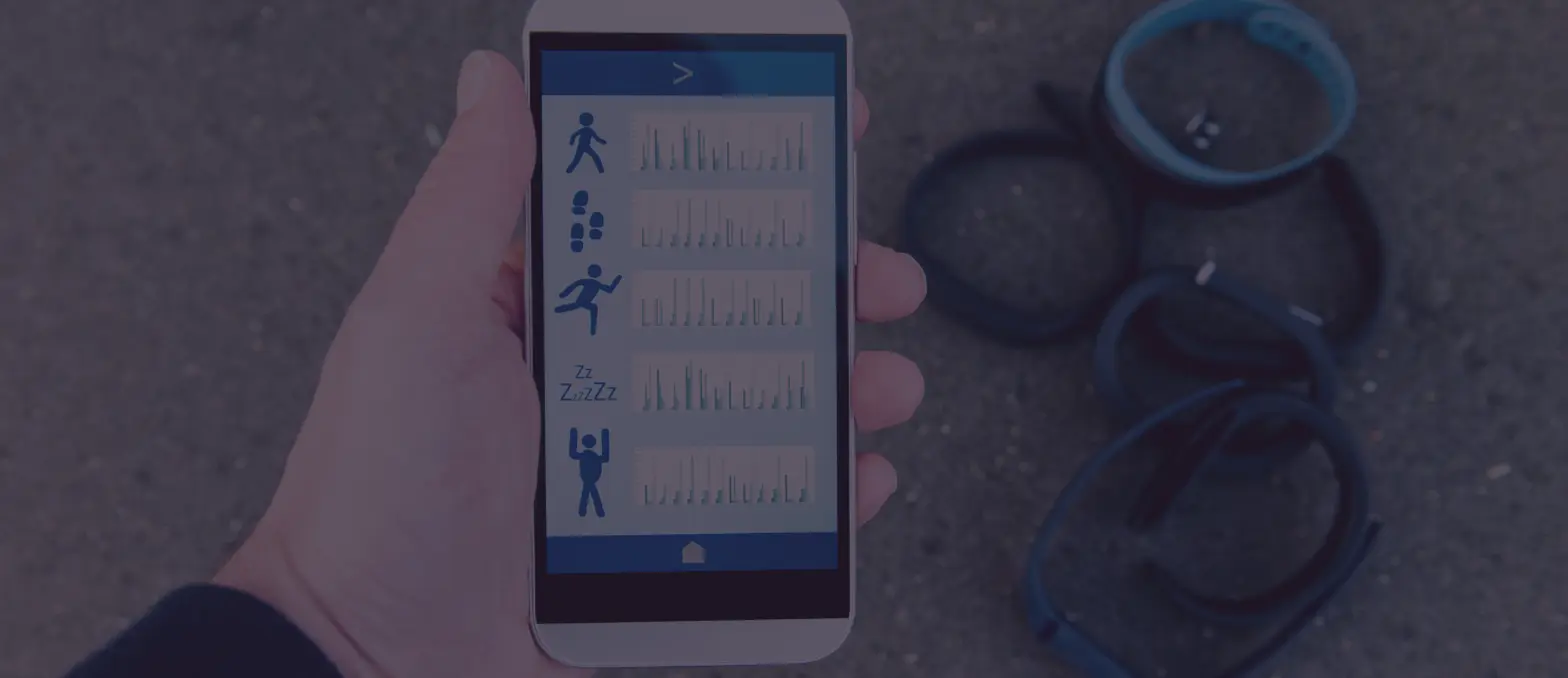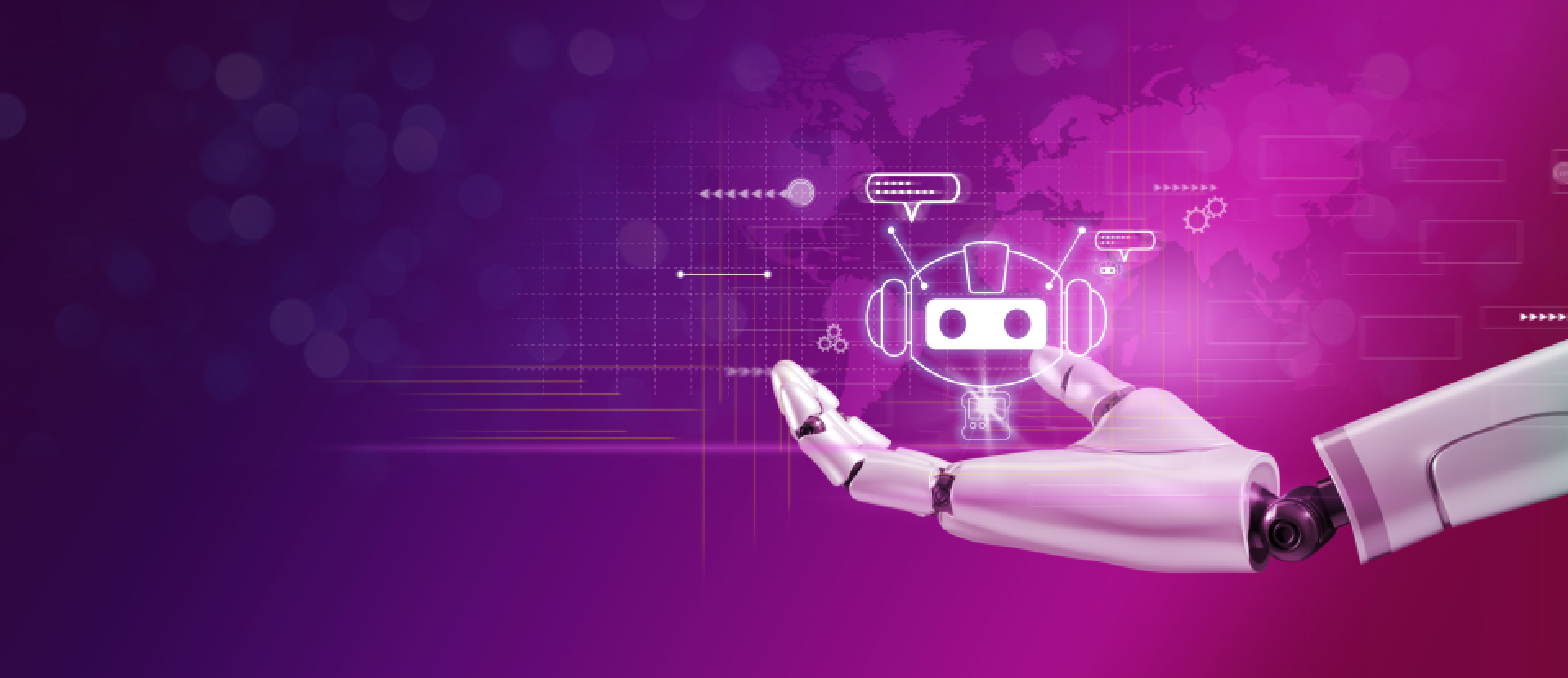Remote Patient Monitoring is revolutionizing home health care across the USA. With increasing aging populations, growing widespread constant diseases, and a developing interest in customized care, conventional models of healthcare conveyance are being met with never observed-before difficulties. Remote Patient Monitoring shows promise as a highly encouraging sign, bettering results for patients at lower costs in healthcare.
Insights depict the need for innovative solutions like remote patient monitoring. According to the Centers for Disease Control and Prevention, approximately six in every ten adults in the USA suffer from some chronic disease, and four in every ten adults have two or more ongoing conditions. These conditions, such as heart disease, diabetes, and hypertension, largely require constant monitoring and control that the traditional models of healthcare are ill-equipped to collect.
Moreover, the Coronavirus pandemic has sped up the reception of telehealth and remote monitoring advancements. A report by McKinsey and Company revealed that telehealth use in the USA flooded from 11% in 2019 to 56% in 2026, with Remote Patient Monitoring assuming a critical part in conveying care remotely. This quick take-up underscores the earnestness and relevance of incorporating Remote Patient Monitoring into the texture of home health care.
By leveraging imaginative innovations like wearable gadgets, versatile applications, and remote monitoring stages, Remote Patient Monitoring empowers healthcare providers to gather real-time data on patients’ important bodily functions, side effects, and health ways of behaving beyond customary clinical settings. This continuous stream of data empowers custom software development consulting companies to distinguish early advance notice signs, intercede instantly, and customize care plans, eventually prompting work on patient results and improved personal satisfaction.
Infographic
Understanding Remote Patient Monitoring
Remote Patient Monitoring remains ahead of present day healthcare. Offering a groundbreaking way to deal with patient care that rises above the limits of traditional clinical settings. During a time described by quick mechanical headways and developing healthcare needs, RPM arose as a guide of advancement, revolutionizing how healthcare is delivered, especially with regards to home health care. At its core, RPM uses a scope of computerized innovations, including wearable gadgets, portable applications, and connected monitoring systems, to remotely gather and transmit patient health data to custom software development outsourcing companies. This data envelops indispensable signs, physiological boundaries, medication adherence, and other relevant measurements, furnishing clinicians with important bits of knowledge into patients’ health statuses and empowering ideal intercessions.
The meaning of RPM becomes apparent while considering the segment movements and healthcare challenges confronting the USA and different countries. With an aging population and a rising prevalence of ongoing diseases, there is a developing interest for proactive, customized care solutions that can really oversee complex health conditions while advancing patient independence and freedom.
Furthermore, the worldwide Coronavirus pandemic has underscored the significance of remote healthcare conveyance, provoking sped up reception of telehealth and RPM solutions. As healthcare systems wrestled with the need to limit face to face collaborations and reduce the weight on healthcare offices, RPM arose as an imperative device for monitoring patients remotely, working with virtual meetings for many custom software development services US, and guaranteeing progression of care.
As we set out on this investigation of Remote Patient Monitoring, it becomes clear that its capability to revolutionize home health care is immense and multi-layered. By engaging patients, empowering proactive mediations, and leveraging technology to overcome any barrier among patients and providers, RPM is ready to shape the future of healthcare conveyance in the USA and then some.
Defining Remote Patient Monitoring
Remote patient monitoring is using computer technologies to collect and transmit health data. From the patient from remote areas to health care providers. This comprises wearable gadgets, versatile applications, and associated observing frameworks Fit for following imperative signs, reactions, and prescription adherence in continuous. A Grand View Research report pegged the global RPM market size at $1.1 billion each in 2020 and is projected to reach $3.6 billion by 2028. It is growing at a CAGR of around 15.6% from 2021 to 2028 owing to the rising burden of chronic diseases and growing demand for telehealth solutions.
Learn How Remote Patient Monitoring Can Empower You or Your Loved Ones With Proactive Health Management
How does Remote Patient Monitoring work?
RPM works by putting different computerized technologies to work in assembling and transmitting remote patient health data. Patients are put on wearable gadgets, such as smartwatches or sensors, which allow for monitoring their critical vital signs like pulse, circulatory strain, and oxygen levels. These gadgets connect with versatile applications or far-off monitoring stages by which data is gathered and firmly transmitted to healthcare providers in continuous or at booked spans.
The data can then be accessed through a secure gateway or consolidated electronic health record framework by health care providers, who can track a patient’s health status over time, analyze trends, and, if need be, intervene at an appropriate point. The American Medical Association has reported that RPM has recently shown great promise in reducing clinic readmissions and crisis division visits of patients with ongoing circumstances, hence proving to improve patient results and lower healthcare costs.
Remote Patient Monitoring: Benefits for Home Health Care
One such technology in the realm of home health care that has proved to be a game-changing factor is remote patient monitoring, which offers a large number of benefits by upgrading patient results alongside the smoothing of healthcare delivery. Advanced instruments in monitoring and overseeing the health of patients remotely empower them to take charge of health while giving critical bits of knowledge and furnishing open doors for proactive mediation to healthcare providers.
- Increased Patient Engagement: RPM empowers patients to engage in their treatment very effectively, with access to real-time health data and facilitating communication with healthcare providers.
- Timely Intervention and Preventive Care: By continuously monitoring imperative signs and side effects, RPM permits product engineering services to recognize health issues early and intercede proactively, reducing the gamble of inconveniences and hospitalizations.
- Improved Care Coordination: RPM works with consistent correspondence and joint effort among healthcare groups, guaranteeing that patients receive comprehensive and facilitated care across various healthcare settings.
- Cost-Effectiveness and Efficiency: Studies have demonstrated the way that RPM can prompt cost reserve funds by reducing medical clinic readmissions, crisis office visits, and pointless healthcare usage, making it a cost-powerful answer for managing constant circumstances in home health care settings.
The Impact of Remote Patient Monitoring on Home Health Care
Remote Patient Monitoring is fundamentally changing the scene of home health care. Offering unprecedented chances to upgrade patient results, further develop productivity, and reduce healthcare costs. By leveraging advanced technologies to remotely screen and oversee patient health, RPM has revolutionized how healthcare is delivered beyond traditional clinical settings. In this part, we dig into the significant effect of Remote Patient Monitoring on home health care, investigating the complex advantages it brings to patients, caregivers, and software development consulting services.
1. Proactive Disease Management
RPM empowers early discovery of health issues, permitting healthcare providers to intercede instantly and prevent the progression of ongoing circumstances, prompting better health results for patients.
2. Enhanced Patient Independence
With RPM, patients can receive excellent care in the solace of their homes, advancing freedom and working on by and large personal satisfaction.
3. Reduction in Hospital Readmissions
By giving continuous monitoring and opportune mediations, RPM diminishes the probability of emergency clinic readmissions, prompting cost investment funds and working on patient fulfillment.
4. Improved Caregiver Support
RPM permits caregivers to remotely screen patients’ health status and receive alarms if there should be an occurrence of crises, giving inner serenity and backing for relatives and expert caregivers.
5. Optimized Resource Allocation
By focusing on patients in view of their health status and requirements, RPM assists enterprise software development services USA with allocating resources more productively, guaranteeing that the most weak patients receive convenient care and consideration.
6. Data-Driven Decision Making
RPM produces an abundance of real-time health data, empowering healthcare providers to settle on informed choices, customize treatment designs, and improve care conveyance systems for individual patients.
Implementing Remote Patient Monitoring in Home Health Care
Implementation of RPM in home health care is an important shift in health care. It provides opportunities to improve patient outcomes. As healthcare systems endeavor to meet the developing necessities of patients and adjust to mechanical progressions, RPM arises as a groundbreaking arrangement that overcomes any issues between traditional care settings and the solace of patients’ homes. In this part, we explore the key contemplations and systems for carrying out Remote Patient Monitoring in home health care settings, featuring the advantages and difficulties related with this imaginative methodology.
1. Infrastructure and Technology Integration
Effective execution of RPM requires robust infrastructure and consistent mix of computerized technologies into existing home health care systems, including electronic health records (EHR) and telehealth stages.
2. Patient Education and Engagement
Powerful execution depends on teaching patients about the advantages of RPM, advancing dynamic support in their care, and guaranteeing compliance with monitoring conventions and gadget usage.
3. Training and Support for Healthcare Providers
Healthcare providers need comprehensive preparation and support to really use RPM technologies, interpret patient data, and coordinate remote monitoring into their clinical work processes for enterprise document management software companies.
4. Data Security and Privacy Compliance
Safeguarding patient data is fundamental in RPM execution, requiring adherence to severe security conventions, encryption principles, and compliance with healthcare protection regulations like HIPAA.
5. Care Coordination and Communication
RPM execution requires clear correspondence channels and cooperative work processes among multidisciplinary healthcare groups, including doctors, medical caretakers, caregivers, and technology support staff.
6. Continuous Quality Improvement
Monitoring key performance pointers, requesting input from patients and providers, and leading regular assessments are fundamental for streamlining RPM execution, distinguishing areas for development, and guaranteeing the conveyance of top notch care.
Exploring Remote Patient Monitoring Technologies
Investigating Remote Patient Monitoring (RPM) technologies discloses a range of creative instruments and solutions intended to revolutionize the conveyance of healthcare services. From wearable gadgets and versatile applications to cutting edge monitoring stages, RPM technologies offer unprecedented chances to screen patient health remotely, assemble real-time data, and work with proactive mediations. In this part, we leave on an excursion to explore the different scope of RPM technologies accessible, looking at their features, functionalities, and suggestions for changing the scene of healthcare conveyance.
1. Wearable Devices
Wearable gadgets, for example, smartwatches, fitness trackers, and biosensors, empower continuous monitoring of indispensable signs, actual work, and rest designs, giving important experiences into patients’ health status and ways of behaving.
2. Mobile Applications
Mobile applications equipped with RPM functionalities permit patients to include health data, receive reminders for medication adherence, and speak with healthcare providers through secure messaging stages, improving patient commitment and working with remote care conveyance.
3. Connected Monitoring Systems
Connected monitoring systems coordinate various medical gadgets, sensors, and data assortment devices into a unified stage, empowering healthcare providers to remotely screen numerous patients simultaneously, track trends, and focus on intercessions in view of patient requirements.
4. Telehealth Platforms
Telehealth stages equipped with RPM abilities empower virtual discussions, remote patient evaluations, and real-time video conferencing with healthcare providers, growing admittance to care and reducing boundaries to healthcare services for patients in remote or underserved areas.
5. Artificial Intelligence and Predictive Analytics
RPM technologies leverage artificial intelligence (AI) algorithms and predictive analytics to examine tremendous measures of patient data, distinguish designs, and predict unfriendly occasions or disease progression, empowering proactive intercessions and customized care plans.
6. Remote Monitoring Software
Devoted remote monitoring software solutions offer comprehensive features for data assortment, investigation, and reporting, streamlining work processes, further developing care coordination, and upgrading the productivity of remote patient monitoring programs inside healthcare remote patient monitoring companies.
Selecting The Right Remote Patient Monitoring Solution for Your Needs
Choosing the right Remote Patient Monitoring (RPM) arrangement is a basic choice for healthcare associations, providers, and patients the same. With a plenty of choices available on the lookout, going from wearable gadgets to comprehensive monitoring stages, exploring the landscape of RPM solutions requires careful thought of various elements, including usefulness, interoperability, versatility, and cost-viability. In this segment, we leave on an excursion to explore the fundamental contemplations and best practices for choosing the ideal RPM arrangement tailored to your particular requirements and goals.
1. Assessing Patient Population and Clinical Requirements
Start by evaluating the novel necessities and attributes of your patient population, as well as the clinical circumstances and boundaries that require monitoring. Consider factors like disease prevalence, seriousness, and intricacy to decide the degree and usefulness of the RPM arrangement required.
2. Compatibility and Interoperability
Assess the similarity of the RPM arrangement with existing healthcare IT infrastructure, electronic health record (EHR) systems, and interoperability standards. Ensure consistent combination and data trade capacities to work with care coordination and correspondence across different healthcare settings.
3. User-Friendly Interface and Accessibility
Focus on RPM solutions with natural user interfaces, simple to-explore dashboards, and availability features that take special care of the requirements of patients, caregivers, and remote patient monitoring solutions. Consider factors like gadget usability, availability choices, and language backing to improve user experience and commitment.
4. Data Security and Compliance
Ensure that the RPM arrangement adheres to severe data security standards, encryption conventions, and regulatory requirements, like HIPAA compliance. Assess measures for shielding patient security, safeguarding touchy health information, and alleviating network protection chances related with remote monitoring technologies.
5. Scalability and Customization
Pick a RPM arrangement that offers versatility to oblige future development, extension, and advancing healthcare needs. Search for customizable features, particular plans, and adaptable arrangement choices that can adjust to changing requirements and preferences over the long run.
6. Cost-Effectiveness and Return on Investment (ROI)
Lead a comprehensive cost-benefit investigation to assess the complete cost of possession, execution costs, and potential return for capital invested related with the RPM arrangement. Consider factors, for example, forthright costs, membership charges, maintenance expenses, and extended reserve funds from working on patient results, reduced hospitalizations, and improved productivity in care conveyance.
Integrating Remote Patient Monitoring into Existing Home Health Care Systems
Coordinating Remote Patient Monitoring (RPM) into existing home health care systems represents a crucial stage towards upgrading the quality, productivity, and viability of patient care conveyance. As healthcare remote patient monitoring services endeavor to embrace mechanical innovations and meet the advancing requirements of patients, the consistent mix of RPM solutions becomes basic for streamlining clinical work processes, further developing care coordination, and enabling patients to play a functioning job in managing their health. In this part, we explore the fundamental contemplations and procedures for effectively coordinating RPM into laid out home health care systems, featuring the advantages and difficulties related with this extraordinary undertaking.
1. Assessing Organizational Readiness
Start by leading a comprehensive evaluation of hierarchical readiness, including infrastructure, resources, and partner purchase in. Recognize key partners, lay out clear correspondence channels, and collect help from initiative to work with a smooth joining process.
2. Establishing Interoperability and Data Exchange
Ensure consistent interoperability and data trade between RPM solutions and existing healthcare IT infrastructure, electronic health record (EHR) systems, and other clinical applications. Execute standardized conventions, points of interaction, and joining systems to work with real-time data dividing and joint effort between multidisciplinary care groups with software development services in USA.
3. Customizing Workflows and Protocols
Tailor RPM work processes and conventions to line up with existing clinical work processes, care pathways, and quality improvement drives inside the home health care setting. Team up with cutting edge staff, clinicians, and caregivers to distinguish open doors for streamlining processes, improving resource usage, and upgrading patient commitment.
4. Training and Support for Care Teams
Give comprehensive training and continuous help for care groups to ensure capability in using RPM technologies, interpreting patient data, and coordinating remote monitoring into their daily practice. Offer instructive resources, hands-on studios, and continuous learning valuable chances to engage healthcare experts to leverage RPM for further developed patient results really.
5. Engaging Patients and Caregivers
Cultivate patient and caregiver commitment through training, correspondence, and strengthening drives that advance dynamic cooperation in remote monitoring exercises. Give user-accommodating RPM devices, customized health bits of knowledge, and transparent correspondence channels to improve patient fulfillment, adherence, and self-management abilities.
6. Monitoring and Evaluation
Establish metrics, benchmarks, and performance indicators to monitor the effectiveness, efficiency, and impact of RPM integration with product engineering services companies. Lead regular assessments, gather input from partners, and repeat on cycles to distinguish areas for development, advance work processes, and drive continuous quality improvement endeavors.
Infographics
Future Trends and Innovations in Remote Patient Monitoring
As Remote Patient Monitoring (RPM) proceeds to develop and gain unmistakable quality in the healthcare landscape, it is urgent to expect future trends and innovations that will shape the direction of this groundbreaking technology. From headways in wearable gadgets and artificial intelligence to the reconciliation of telehealth stages and predictive analytics, the future of RPM holds guarantee for revolutionizing patient care conveyance, working on clinical results, and improving the patient experience. In this segment, we dig into the arising trends and innovations in RPM, investigating the expected ramifications and opening doors for healthcare software consulting services, providers, and patients alike.
1. Wearable Sensor Technology
The incorporation of cutting edge sensors and scaled down gadgets into wearable technologies will empower continuous monitoring of a more extensive scope of physiological boundaries, including blood glucose levels, respiratory capability, and biomarkers, thereby improving the granularity and exactness of remote patient monitoring data.
2. Artificial Intelligence and Predictive Analytics
Leveraging artificial intelligence (AI) algorithms and AI procedures, RPM stages will break down huge measures of patient data to distinguish designs, identify abnormalities, and predict unfriendly occasions or disease progression, empowering proactive intercessions and customized care recommendations.
3. Remote Clinical Decision Support
RPM solutions will consolidate refined clinical choice help apparatuses and algorithms to help re-engineering services in interpreting patient data, focusing on mediations, and streamlining treatment plans, eventually further developing clinical direction and patient results.
4. Telehealth Integration
The reconciliation of RPM with telehealth stages and virtual care conveyance models will work with consistent correspondence, remote meetings, and real-time monitoring of patients in home health care settings, empowering comprehensive and facilitated care across the continuum of care.
5. Blockchain Technology for Data Security
Blockchain technology will upgrade the security, honesty, and protection of remote patient monitoring data by giving decentralized, carefully designed capacity and cryptographic confirmation systems, guaranteeing trust and transparency in data trade and dividing between partners.
6. Personalized Remote Care Pathways
RPM solutions will leverage data-driven bits of knowledge, patient preferences, and clinical rules to foster customized care pathways and treatment conventions tailored to individual patient necessities, preferences, and hazard profiles, thereby advancing care conveyance and working on patient fulfillment.
Conclusion
Remote Patient Monitoring (RPM) stands as a foundation in forming the future of enterprise performance management software, offering an extraordinary way to deal with conveying superior grade, patient-centered care in the solace of patients’ homes. With the prevalence of persistent diseases on the ascent and an aging population requiring continuous monitoring and management, the demand for creative solutions like RPM has never been more pressing.
The data says a lot about the capability of RPM to revolutionize home health care. According to a report by the Healthcare Information and Management Systems Society (HIMSS), RPM has been shown to reduce hospital readmissions by up to 50%, decrease emergency department visits, and lower healthcare costs by as much as 20%. These substantial results underscore the huge effect that RPM can have on working on patient results while streamlining resource use inside the healthcare framework.
Moreover, the Coronavirus pandemic has sped up the reception of telehealth and RPM technologies, catalyzing an essential shift towards virtual care conveyance and remote patient monitoring. A study published in the Journal of Medical Internet Research (JMIR) revealed that telehealth utilization increased by 154% during the pandemic, with RPM playing a crucial role in ensuring continuity of care and minimizing disruptions in healthcare services.
Remote Patient Monitoring isn’t just a mechanical headway; it is an essential change in perspective towards patient-driven, proactive healthcare conveyance that can possibly change the manner in which we convey care, work on patient results, and upgrade the general personal satisfaction for people receiving home health care in the USA. As we embrace the potential outcomes that RPM offers, we leave on an excursion towards a future where healthcare is open, customized, and empowered by technology.
Learn How Remote Patient Monitoring Can Empower You or Your Loved Ones With Proactive Health Management
Frequently Asked Questions
1. What is Remote Patient Monitoring (RPM)?
Remote Patient Monitoring (RPM) uses computerized technologies to gather and transmit patient health data from remote areas to healthcare providers. This incorporates wearable gadgets, mobile applications, and connected monitoring systems.
2. How does RPM benefit home health care in the USA?
RPM empowers continuous monitoring of patients’ important bodily functions and health measurements from the solace of their homes, taking into consideration early identification of health issues, proactive intercessions, and reduced medical clinic readmissions.
3. What types of patients can benefit from RPM?
Patients with constant circumstances like diabetes, hypertension, coronary illness, and respiratory problems can benefit greatly from RPM. It’s likewise significant for post-usable care, older patients, and those requiring regular monitoring.
4. How does RPM improve patient outcomes?
RPM works with ideal mediations in light of real-time data, prompting better management of persistent circumstances, reduced difficulties, further developed medication adherence, and in general improved patient results.
5. Is RPM cost-effective for home health care providers?
Indeed, RPM has been displayed to reduce healthcare costs by limiting clinic readmissions, crisis office visits, and pointless healthcare usage. Studies recommend likely cost investment funds of up to 20%.
6. Are RPM devices easy to use for patients?
Numerous RPM gadgets are planned with user-accommodating connection points and basic arrangement procedures. Additionally, enterprise performance management software offer training and support to ensure patients and caregivers can use the gadgets really.
7. Is RPM secure and compliant with privacy regulations?
Indeed, RPM solutions focus on data security and compliance with healthcare protection regulations like HIPAA. Encryption conventions, secure data stockpiling, and severe access controls are executed to protect patient information.



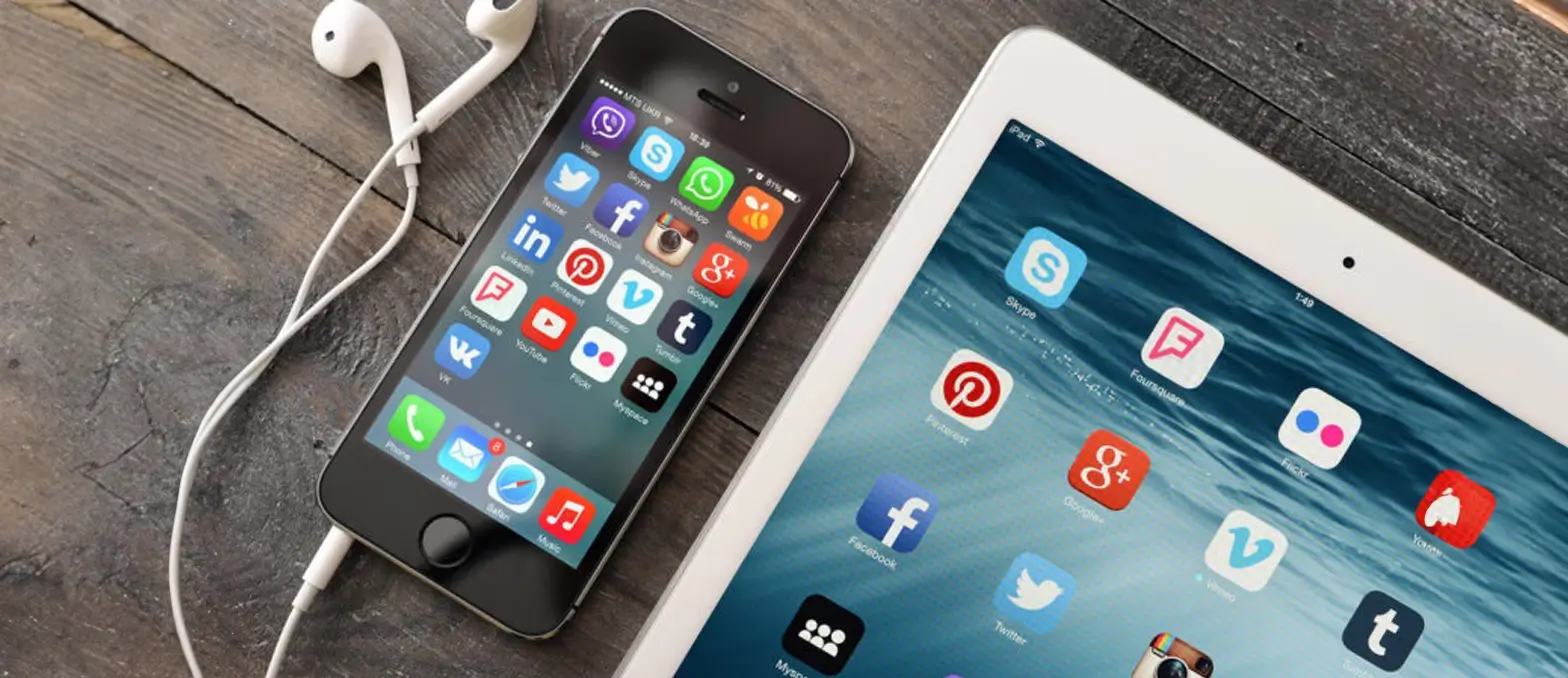
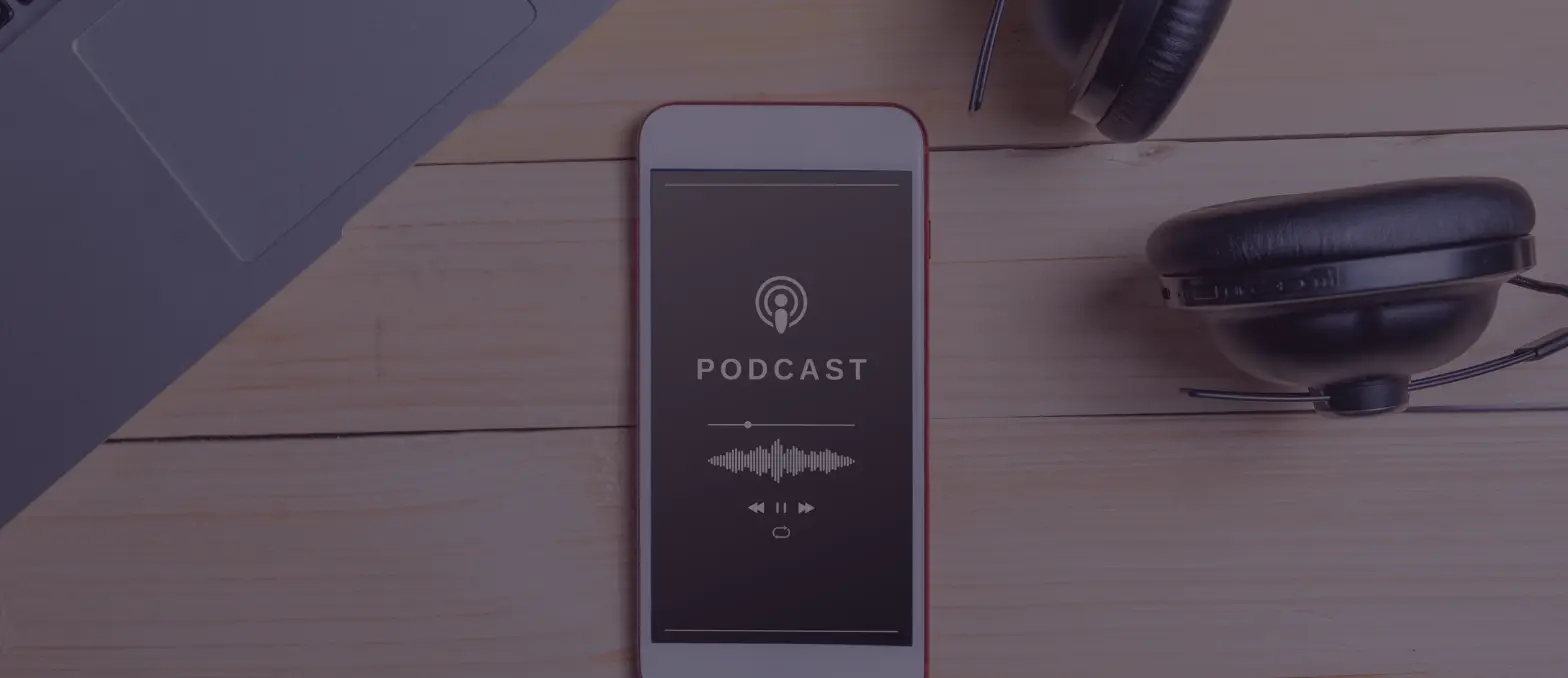
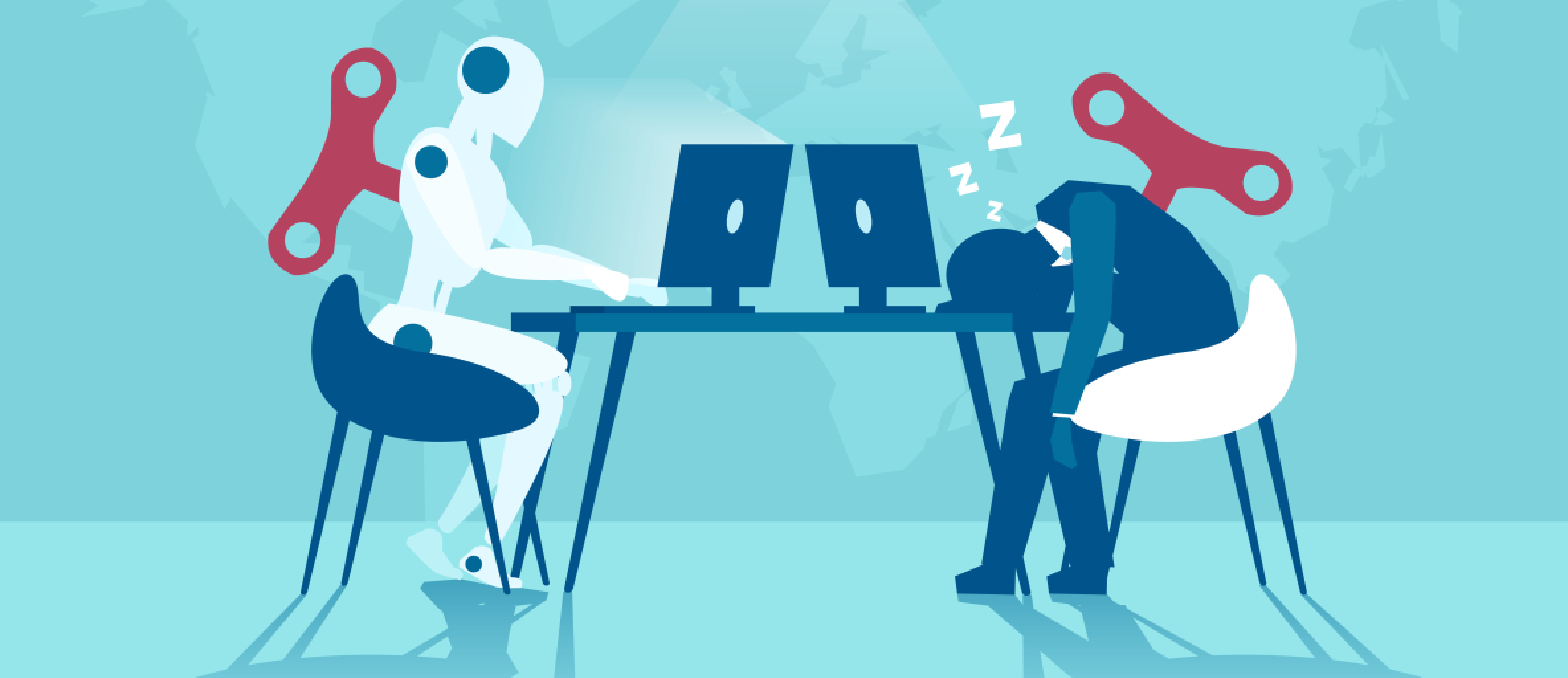
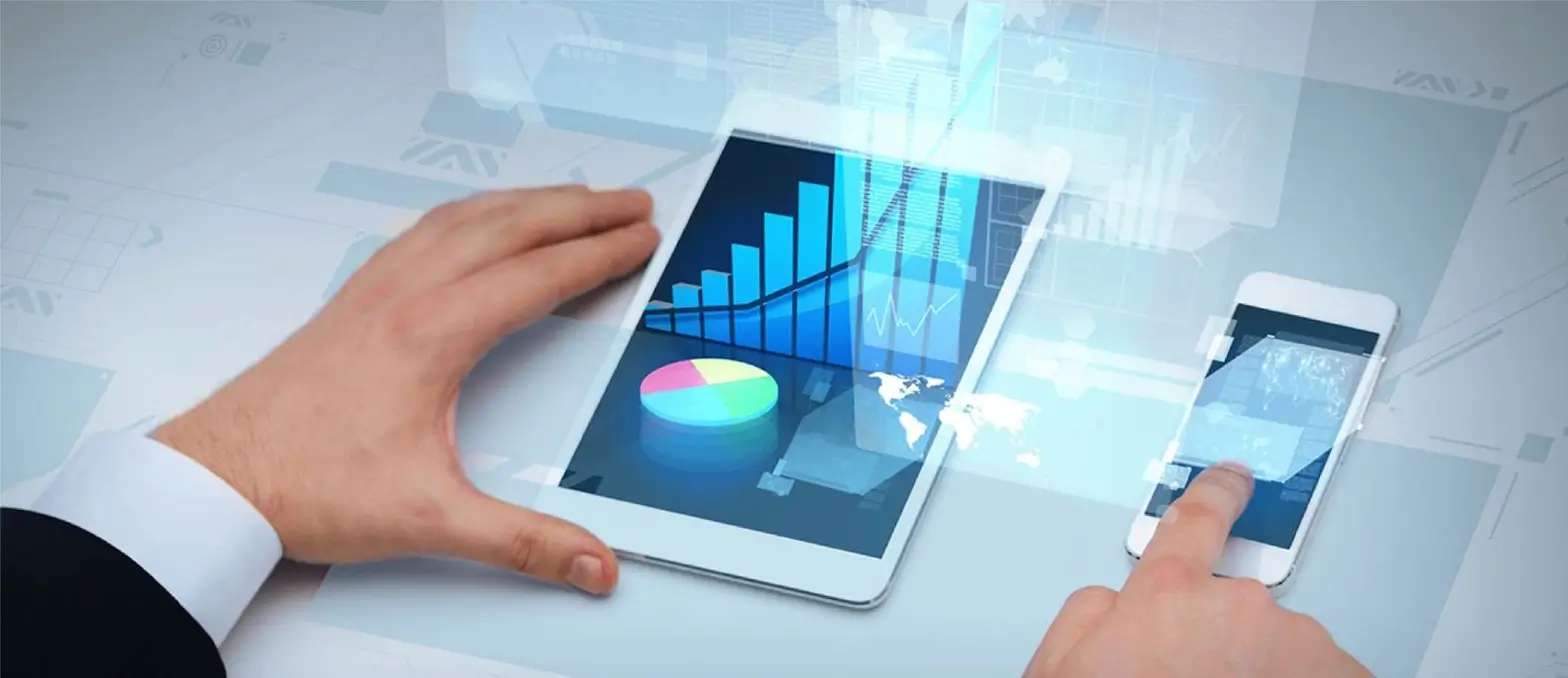
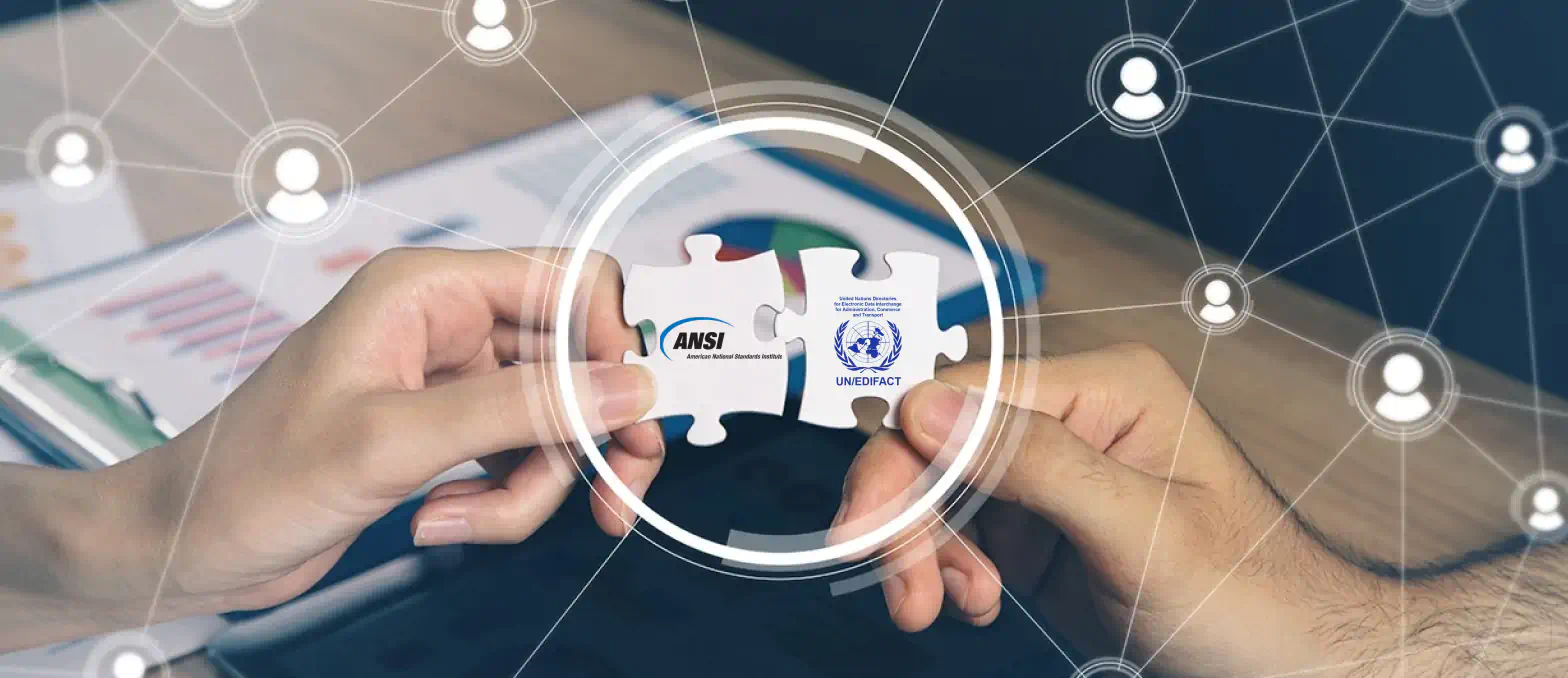
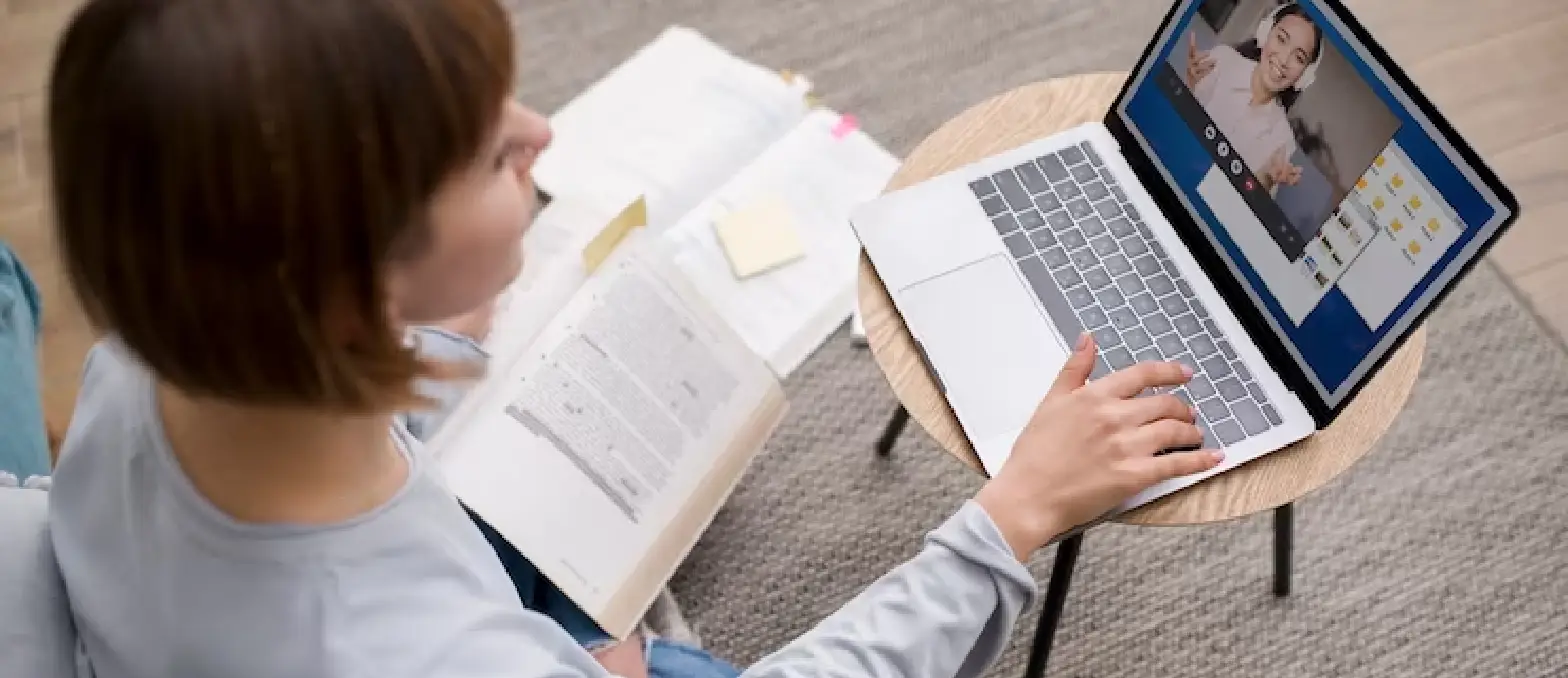
![20 Top Software Development Consulting Firms in USA [2024]](images/20-top-software-development-consulting-firms-in-usa.webp)
